Financial Accounting Process Report - University of Australia, Finance
VerifiedAdded on 2023/04/11
|6
|855
|218
Report
AI Summary
This report delves into the intricacies of the financial accounting process, focusing on the transition from a partnership to a proprietary company and the subsequent requirements for listing on the Australian Stock Exchange (ASX). It examines the key differences between partnerships and proprietary companies, highlighting the advantages and disadvantages of each structure, particularly in the context of Australian law. The report outlines the steps involved in forming a proprietary company, including registration, selection of directors and shareholders, and share structuring. It further explores the rights and obligations of company directors, as well as various funding options available to companies, including raising capital from shareholders or through public offerings. The report also discusses the advantages and disadvantages of being a public company and the specific reporting requirements mandated by the ASX. Finally, the report provides a comprehensive overview of the key audit assertions, substantive audit procedures, and the communication of key audit matters in the auditor's report, offering a holistic view of the financial accounting and auditing landscape.
1 out of 6
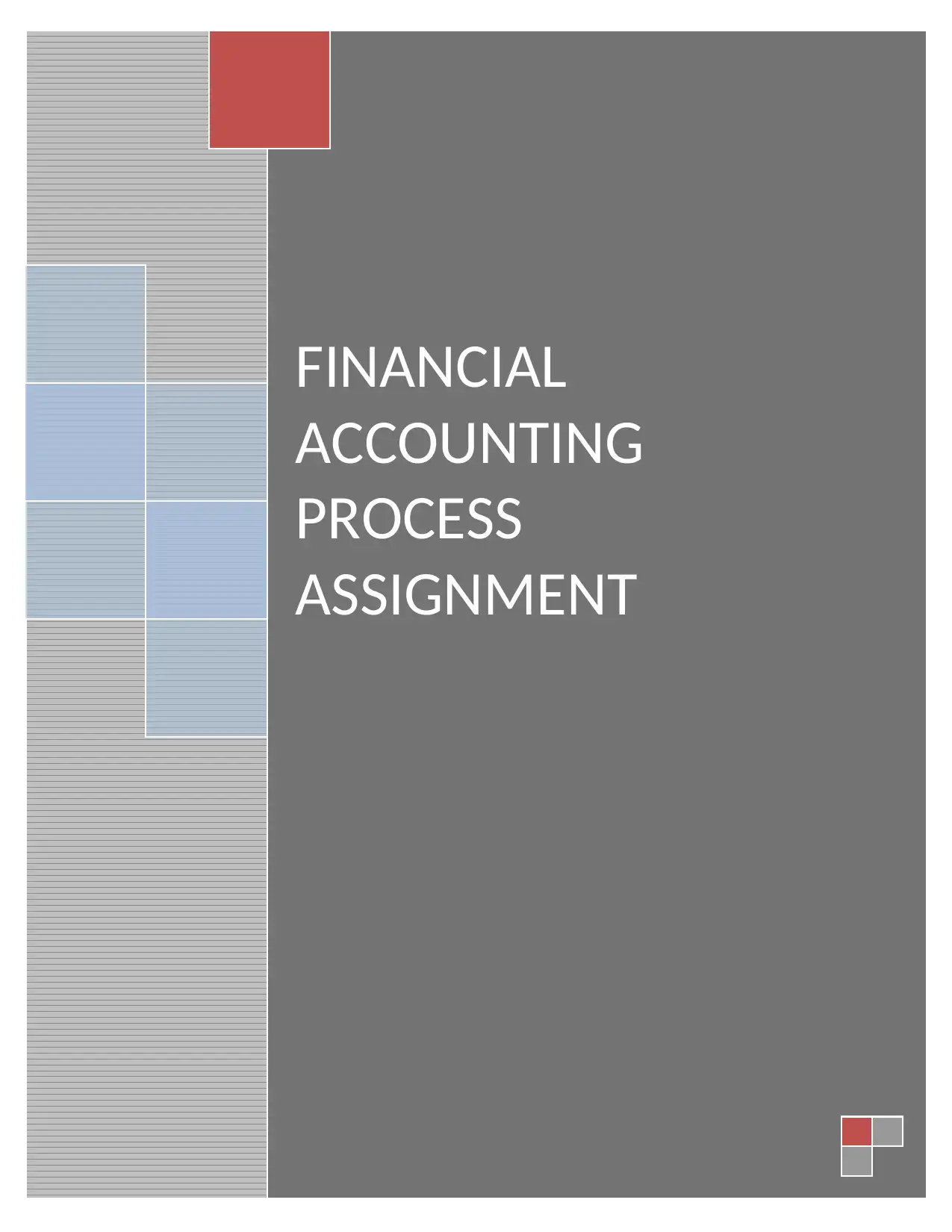
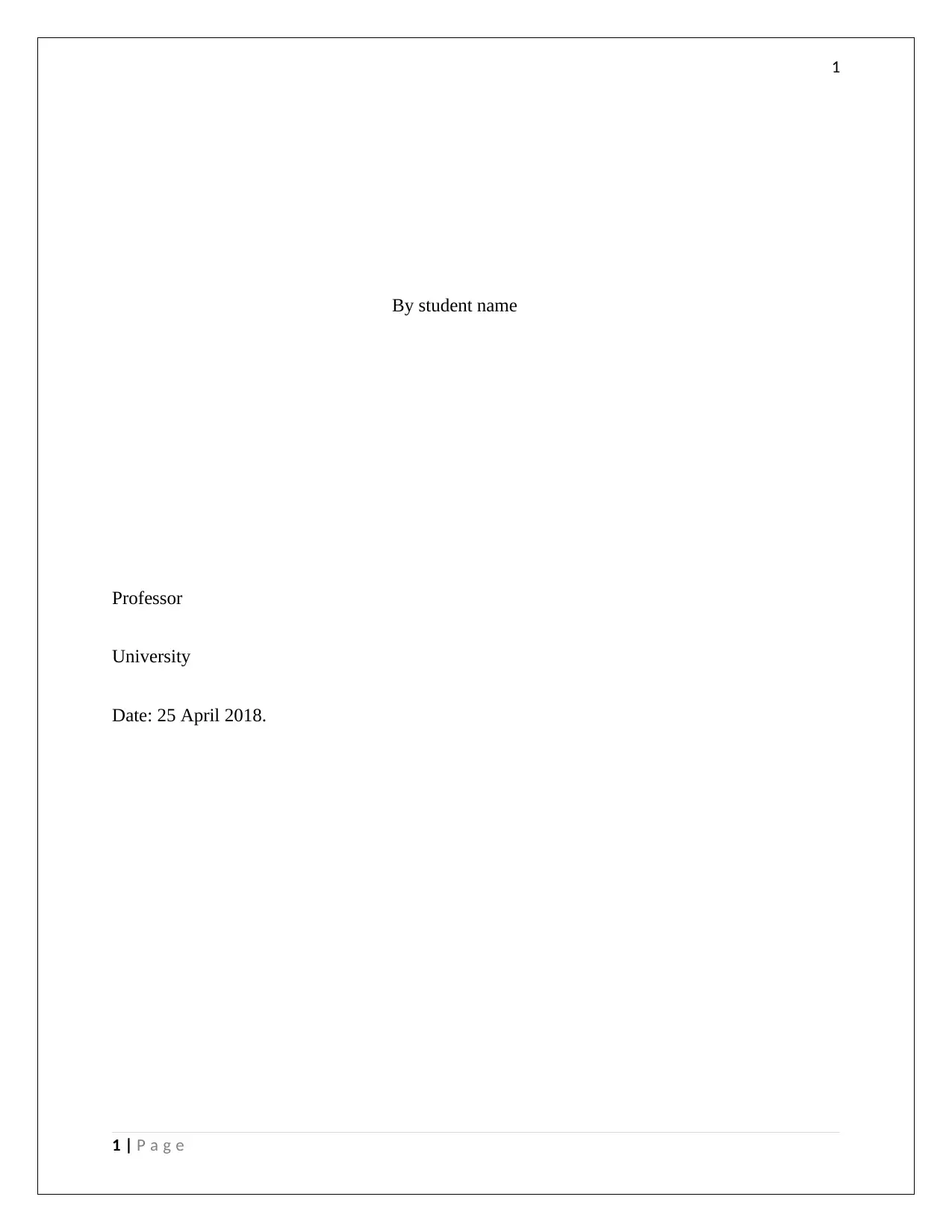
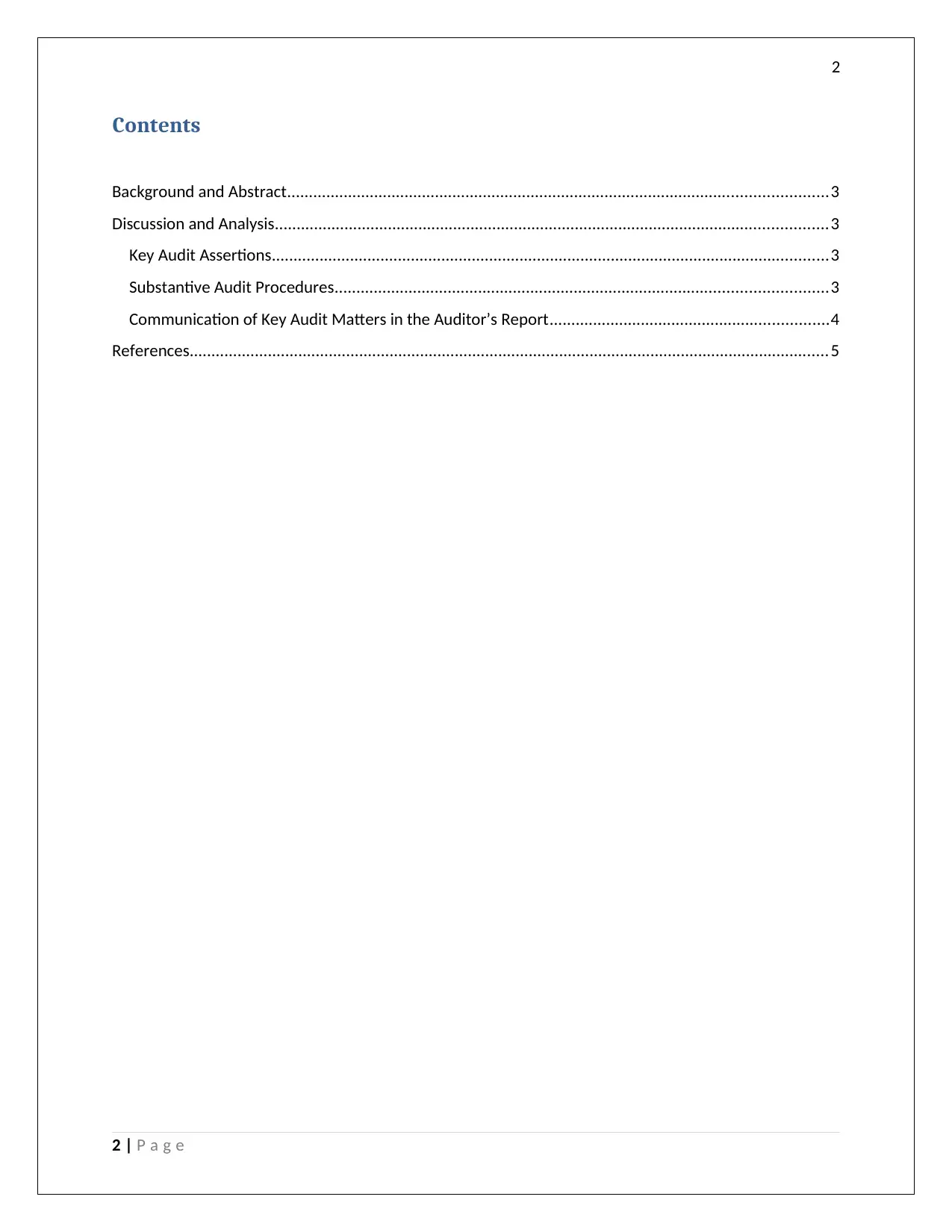

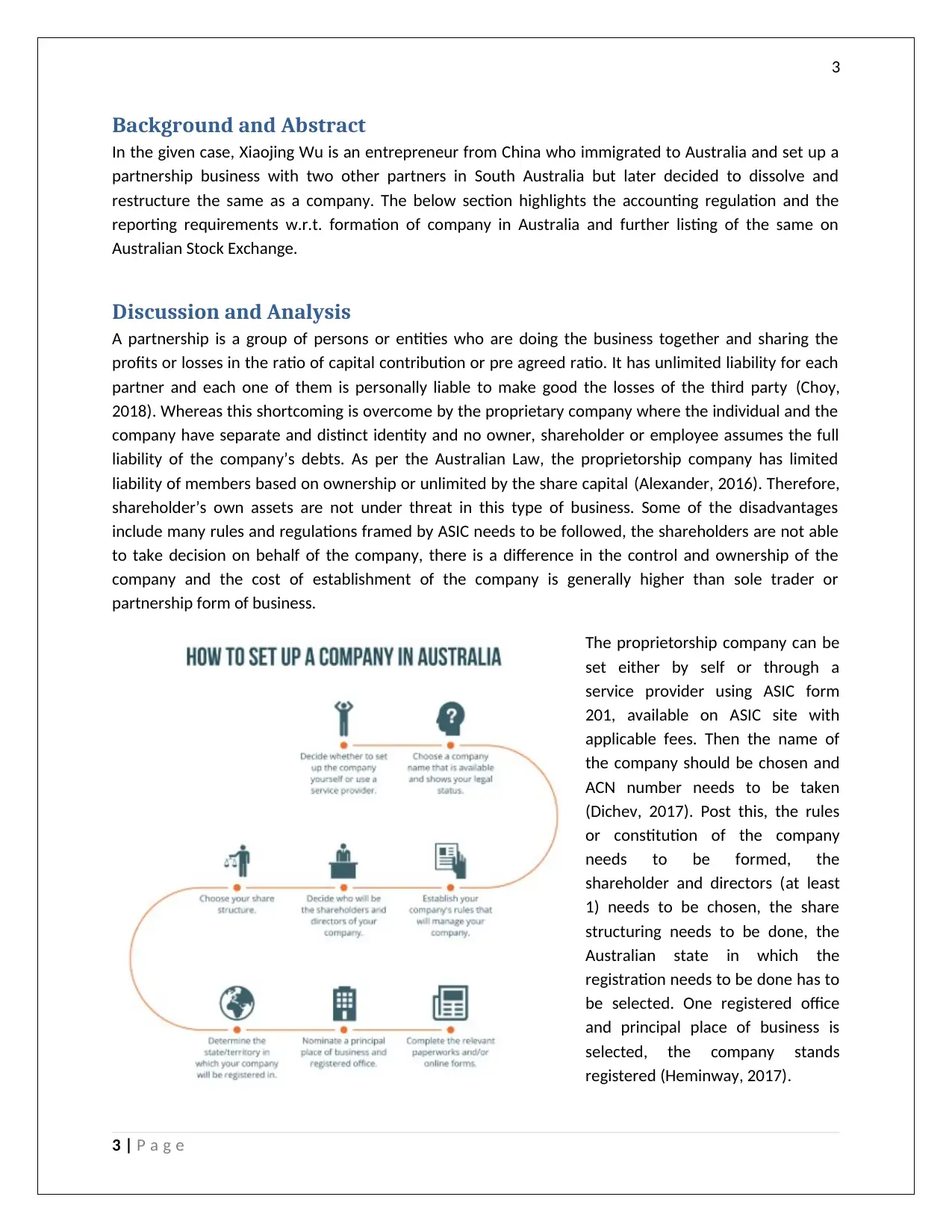
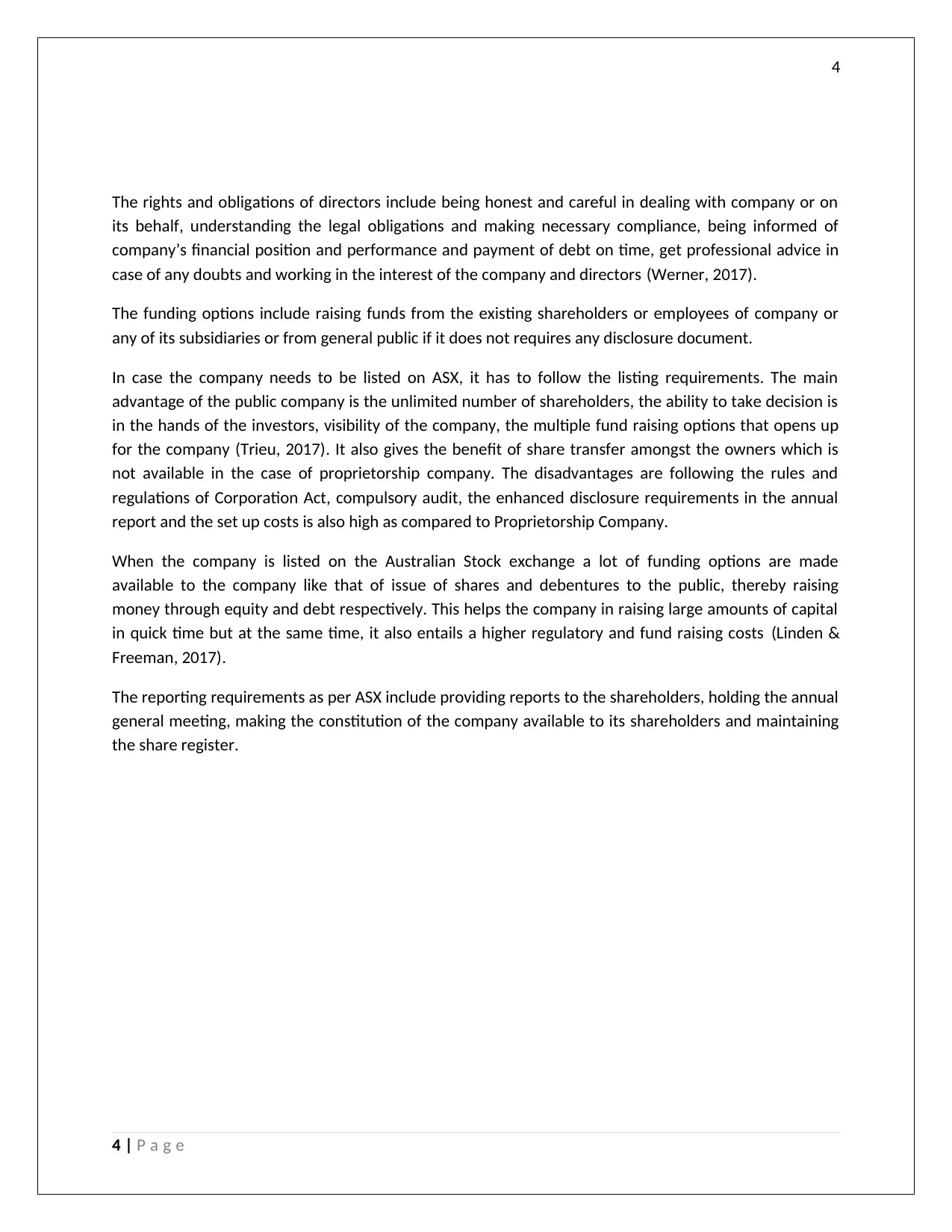
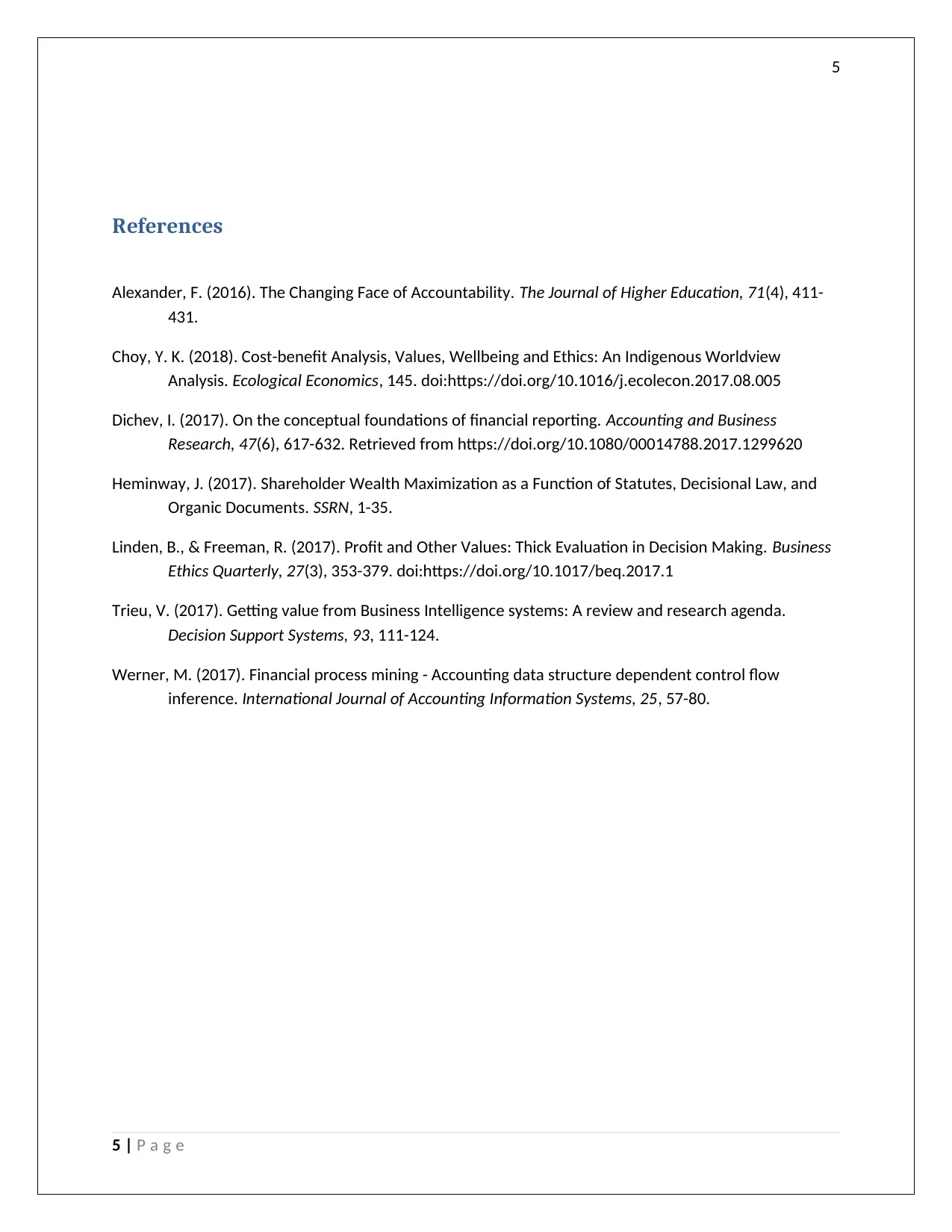






![[object Object]](/_next/static/media/star-bottom.7253800d.svg)